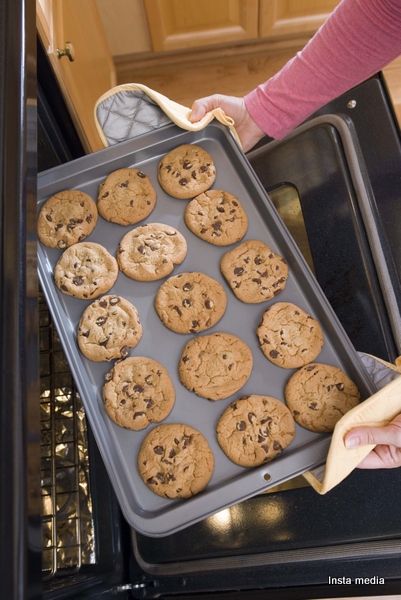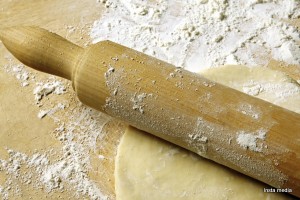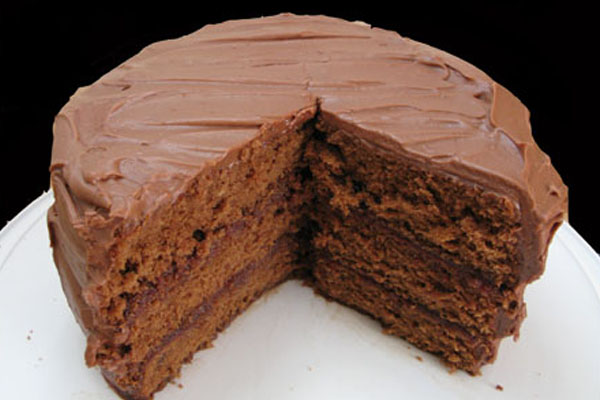Baking the perfect cookie is not as easy as you may think it to be! For the difference between a sweet, salty, crunchy, buttery and utterly delectable cookie and an irregular shaped, oily, burnt and tasteless creation is a very thin line that is often not noticed.
Baking cookies is not a hard task though if you get some of the basics right! Here are 5 essential pointers you need to keep in mind whenever you decide to take the plunge and make these delicious morsels.
Don’t substitute original ingredients with possible alternatives
When baking cookies, make sure you stick to the ingredients mentioned in the recipe. Never substitute one ingredient for another in the hope that it would not alter the end product much.
If the recipe mentions that you need to use butter, use only butter and not margarine (popular substitute for butter). If the recipe mentions that you need to use all- purpose flour, use only all-purpose flour and nothing else. This is the only way you can expect your cookies to come out crunchy and delicious in the end.
Handle the flour delicately
The way you handle the flour can make the difference between a crunchy cookie and a hard, flattened mass at the end of the day. The protein content of a flour actually determines the cookies’ texture. If you use flour with less protein content, you would most likely end up with a wet dough and flattened cookies. On the other hand, if you use high-protein flour, you would end up with a very dry dough and hardened cookies.
What is the best remedy for this then? Simple. Follow the recipe and use the flour mentioned in it. If you opt for low protein flour, adding ¼ cup of all-purpose flour to the mixture would help increase the protein content and get you a perfect cookie spread.
Leave no room for mistakes while measuring the ingredients
When baking cookies, make it a point to measure the ingredients properly. Use see through plastic measuring cups and read the measurements at eye level to avoid mistakes.
Always stir the flour a bit with a dry spoon before measuring it. Don’t pack or stuff the flour into the cup. And level off the top with a knife instead of trying to tap the cup on a flat surface. When it comes to brown sugar, butter or margarine, use a spoon to pack the ingredients firmly into the cup and level them off with a knife.
It would be considered wise to spray the inside of the measuring cup with some cooking spray before measuring sticky ingredients like corn syrup, molasses or honey. Alternatively, you can wipe the inside of the cup with some vegetable oil for the same effect.
Don’t opt for substandard Cookie Sheets
The way your cookies come out of the oven at the end of baking would depend to an extent on the cookie sheets that you use to spread the dough. While nonstick cookie sheets (dark-surfaced ones) can burn the cookies, insulated ones can result in improperly cooked cookies.
For best results, use aluminum sheets (the textured variety) for the cookies. Make sure the sheet you use is smooth-surfaced and shiny. The size of the sheet also needs to be at least 2 inches smaller than the inner dimensions of the oven in order to proper heat circulation.
And finally! Bake just one cookie first
You cannot become a cookie master in one day! So play safe and always bake a single test cookie before putting the rest of them into the oven. This way, you can make last minute corrections to the dough and prevent a major culinary disaster in the process.






